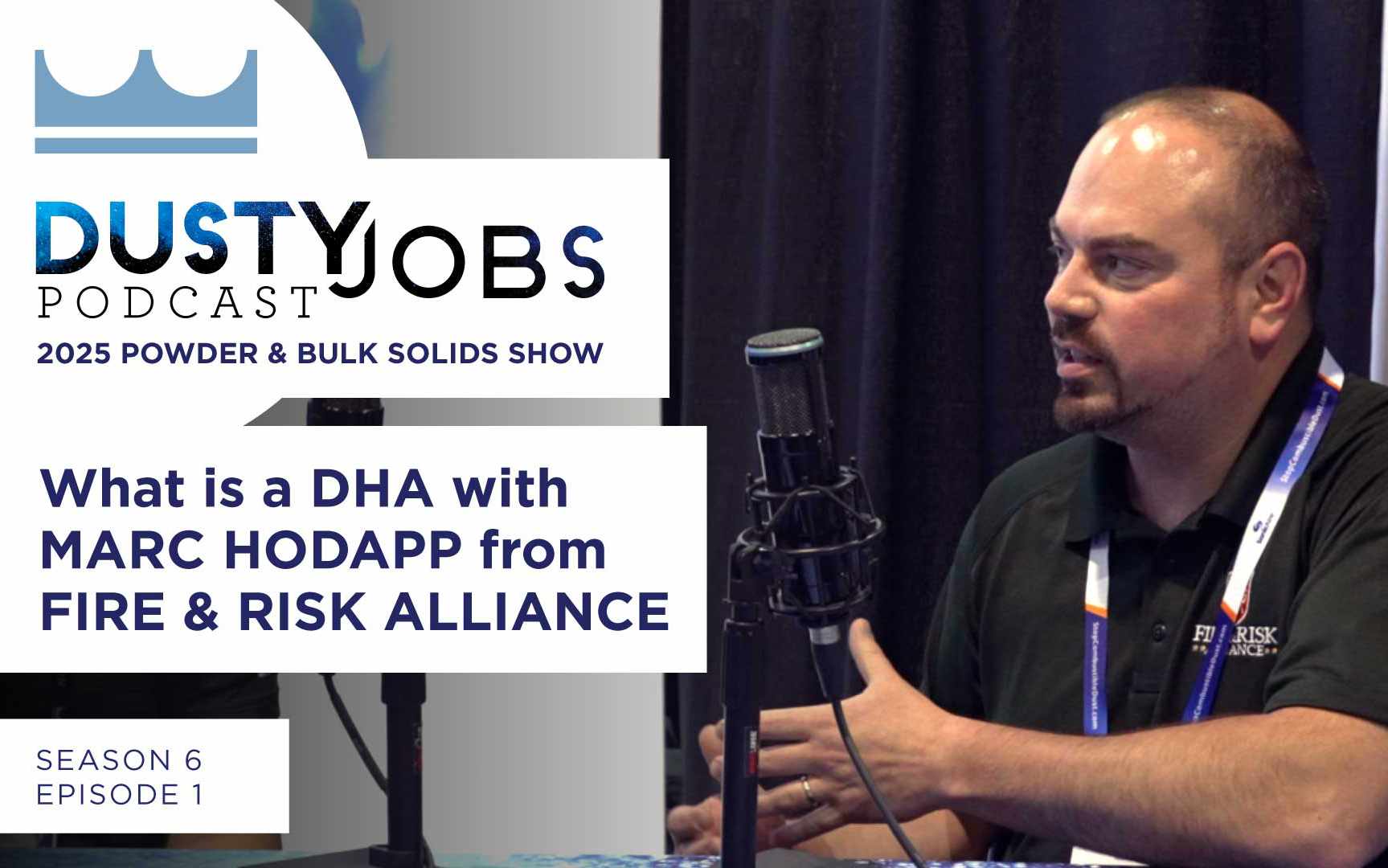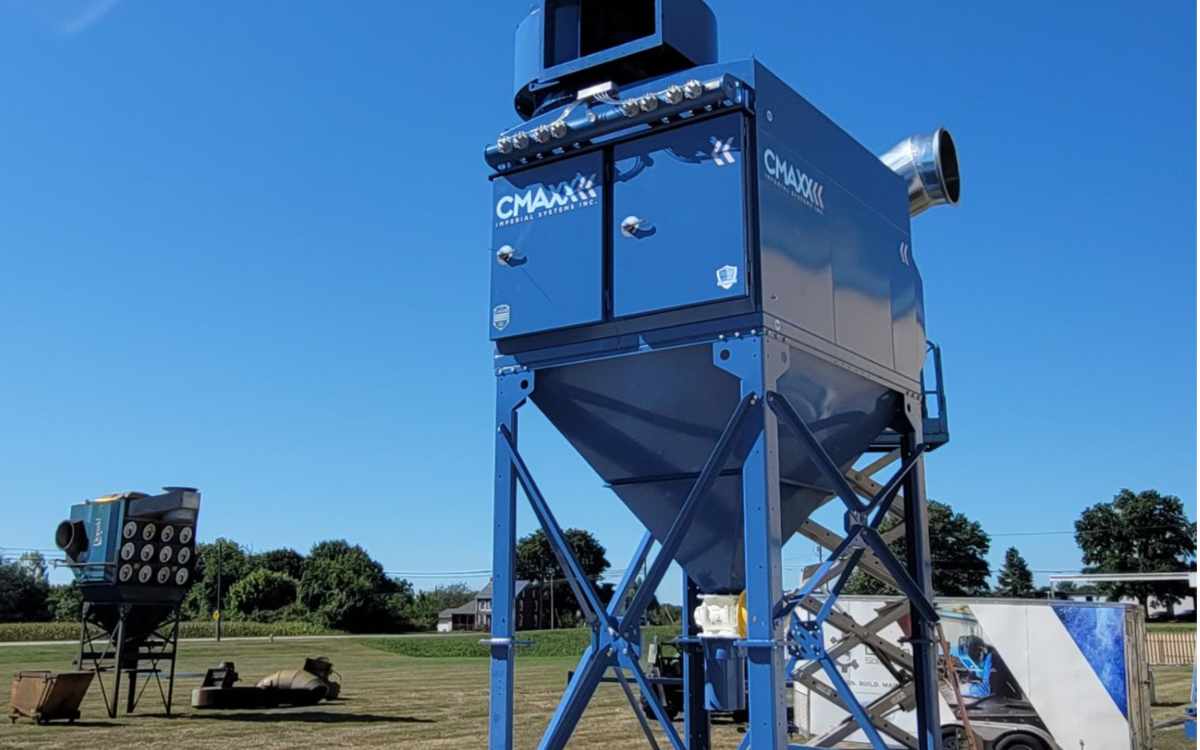Asking Questions About the Air You Breathe at Work
OSHA rules mandate that you have a right to know about any safety hazards that are present in your workplace, including the air you breathe. Most managers, supervisors, and owners certainly want their employees to be safe and want to avoid putting their employees in danger. But there may be workplace hazards they don’t know about. In addition, sometimes an employee’s questions can help them become aware of a situation.
For managers, supervisors, and other bosses, an employee’s concern about a safety issue is an opportunity. That is to say, it’s a chance for you to work on resolving the problem as a team. Consequently, the biggest OSHA fines go to employers who ignore safety issues. But employers who are working in good faith to resolve safety issues may receive recommendations from OSHA. But employers who have shown that they don’t care about fixing safety issues often receive gigantic fines.
Team Communication
The best way to avoid safety issues at work is for employees and bosses to communicate in a cooperative way. This benefits everyone. An employer who listens to and works to resolve the concerns of their workers will find that a reputation for being proactive and concerned about employee safety is good for business.
Since industrial dust and fume control is our business, making sure that workers are breathing clean, safe air is the aspect of safety we’re most concerned with. Many workplaces don’t know they need a dust or fume collector or don’t know when their collector isn’t working efficiently. Employees are sometimes concerned about what they might be breathing or exposed to in the air. A good employer should listen to those concerns and find answers to them.
Workers can be proactive in protecting their health. That’s by learning some important information about the materials they work with and what risks they might involve. For example, workers who are involved in cutting, welding, or otherwise producing fumes from stainless steel should have some awareness of hexavalent chromium. Further, workers who manufacture plastic products need to know about toxic elements like cadmium. Intended as stabilizers, they can also be hazards from the plastic itself. You may be uncertain about what hazards might be in your workplace. If so, you have a right to ask for more information about the air you breathe.
If employees have questions, OSHA has many options for safety training and awareness. An employer may be able to make concerned workers feel empowered and more knowledgeable by answering their questions and making sure they get the training they need. Employers must provide their employees with information about any hazards in their workplace. But sometimes those hazards may not be recognized until an employee asks a question.
Effective Discussions About the Air You Breathe
You have a right to ask your employer if you’re not sure what’s in the air you breathe at work. As an employer, it’s your job to check out your employee’s concerns. Then you can determine whether there is a health hazard to address. Proactively dealing with an employee’s concern shows respect for their needs and also a meaningful interest in employee safety and health.
If you feel that there’s a health risk in your workplace that you need to talk to your supervisor or employer about, you should know that OSHA regulations protect you from punishment or from any kind of retaliation, and your employer probably knows this.
The discussion will be more productive if a few points are kept in mind:
- The discussion is not an accusation. It is a question or issue that you would like more information about or are concerned about.
- The focus should be on making sure you and your coworkers are healthy and safe, because this is good for everyone and for the company.
- You have a right to ask for more information, more training, better protective equipment, or whatever you feel like you need to be safer. Being specific about how the problem could be solved helps people move forward with solutions.
- Be specific about your concerns and ask questions. If you feel like you don’t have enough information, talk to someone who can help you find what you need or look up some general information on the topic.
- Approach the discussion with the attitude that you and your employer have a mutual problem that you can work together to solve.
An example of how you might start a positive conversation:
1) I have a question about the welding fumes in the shop. It seems like some of the stations have a lot of fumes around them sometimes. Is there something we could do about that?
Or:
2) Some of us noticed that even though we do a lot of sweeping and cleaning up, there’s dust getting stuck up in places where we can’t reach it. What’s the safest way for us to deal with that?
Or:
3) I noticed there’s a sign up about (safety hazard), but I’m not sure we all know as much about it as we should. Is that something we could get some more information about?
Good ways for a supervisor or employer to respond to these might be:
1) We can definitely look at those stations and see if something needs to be done about the welding fumes. Are there places in the shop that are the biggest problem?
Or:
2) That’s a good question. We’ll have to figure it out. Does anybody out in the plant have any ideas for how to handle it?
Or:
3) Let me check out the OSHA website and see what they’ve got. I want to make sure you have all the information you need.
Of course, these things only matter if you follow up. Ignoring an employee’s safety concerns isn’t just disrespectful. It’s also a violation of OSHA regulations. And employees who aren’t comfortable talking to their supervisors about safety issues always have the right to contact OSHA for assistance. An employer who retaliates against, punishes, or fires an employee for reporting a safety concern to OSHA can face lawsuits and very large fines. Keeping the lines of communication open benefits everyone if a company can work as a team to identify and solve safety issues.


